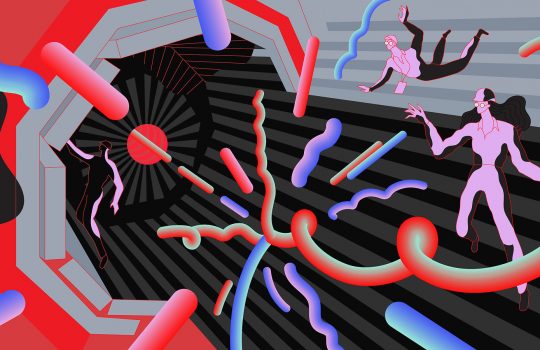Ten years of LHC physics, in numbers
In 2010, the Large Hadron Collider research program jumped into full swing as scientists started collecting physics data from particle collisions in the LHC for the first time. How has this gigantic, global scientific effort affected the world? Symmetry pulled together a few numbers to find out.




